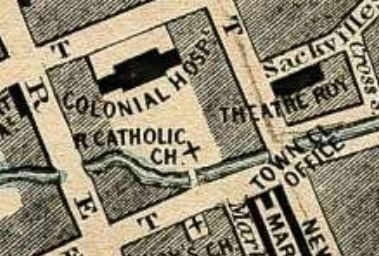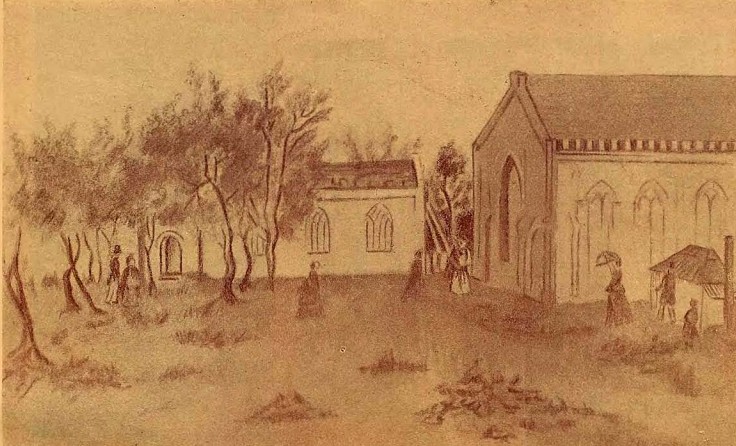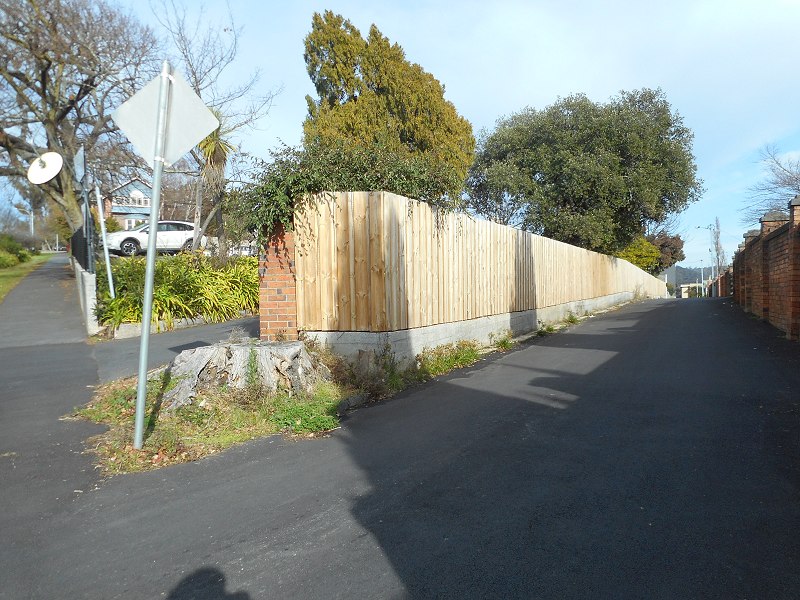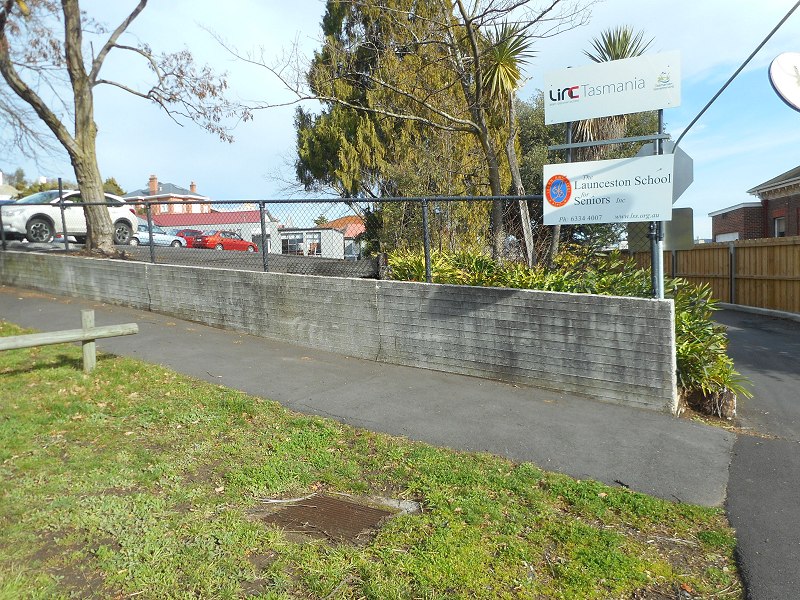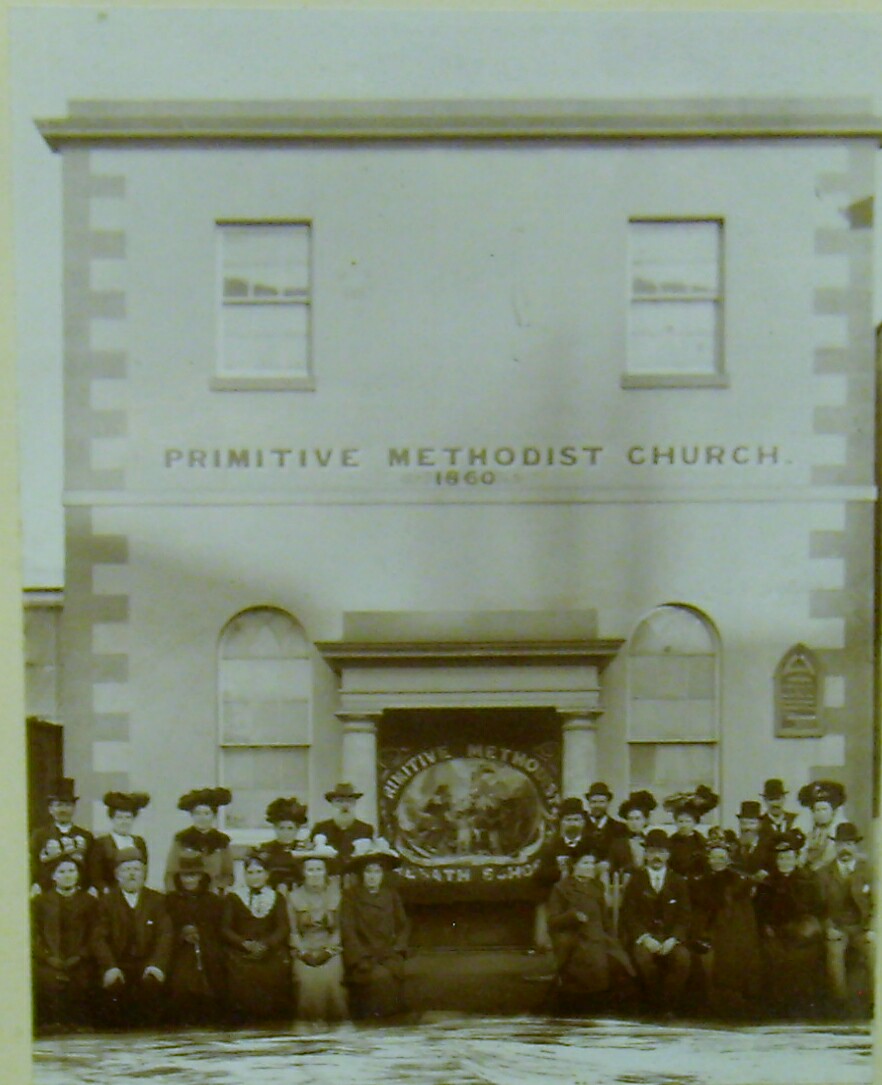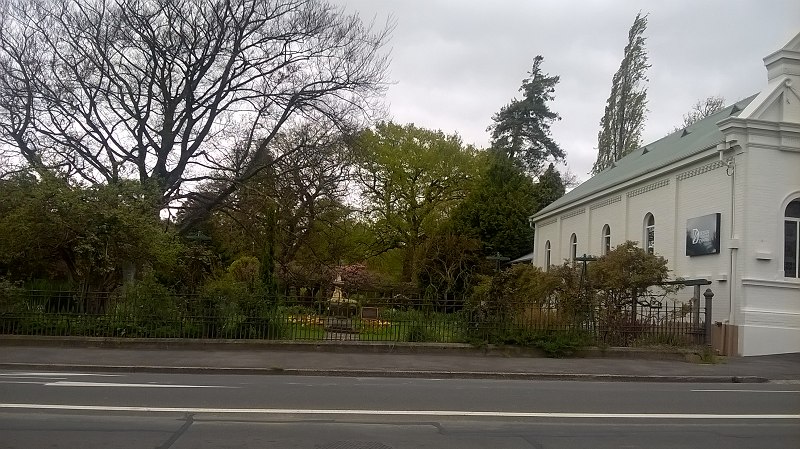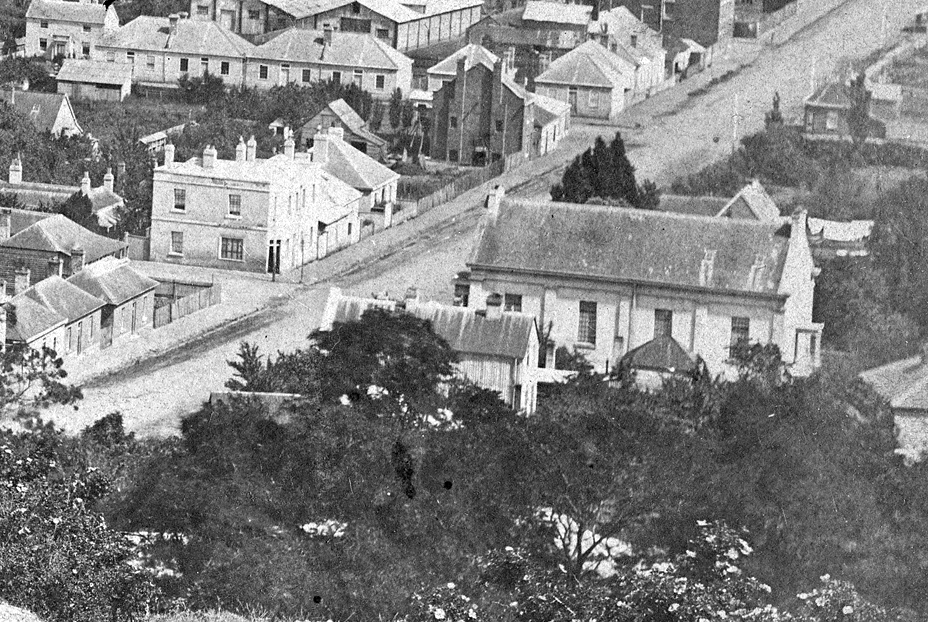Opened 1842.
Replaced 1894 by the current wooden church.
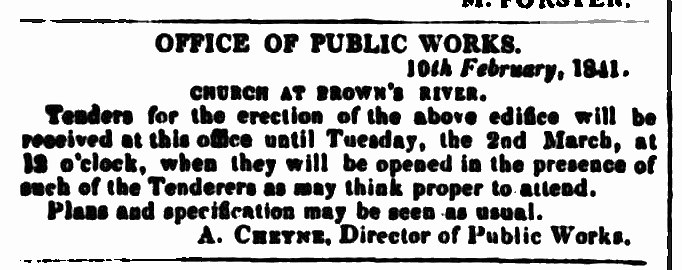
Brown’s River.— The church at this place was opened to the public on Sunday last ; it was very much crowded, and the Rev. Mr. Freeman, who has been inducted to the parish of Kingboro’, delivered a very impressive and appropriate address on the occasion.
Cornwall Chronicle, 30 April 1842
KINGSTON CHURCH.
Sir,-Having read your report of the meeting held here on the 4th inst., which I was not at, I should like to say a few words upon the subject considered.
First, relative to Mr. Firth’s good-natured offer to give stone for the new church. When the old church was repaired in 1856-57, all the neighbours possessed of quarries willing to give the stone required for the purpose ; but I had the pleasure of having stone from a quarry on my land selected and used as the most likely to be enduring, some of the original stone having fretted away. The bell-tower, taken down some time ago, was entirely of my stone, and its quality for durability has been approved by all the builders who have seen it. Now, it is certainly desirable that a new stone of church should be built of the most durable material to be had ; therefore, before it is dually decided that Mr. Firth’s stone should be used, I think it should be compared by experts with mine, and any other that may be offered ; and in the event of the decision being again in favour of my stone, like Mr. Firth, I would be most happy to have it again used, free of cost.
I am far, however, from sure myself that it would be most advisable to build of stone. The foundation of the present structure is believed to have been the source of all the trouble there has been with it, and it is quite probable it may be difficult and very expensive to get a secure foundation for a new heavy building on the site of the old church, whilst the stability of the foundation would not be of the same consequence were the building to be of wood; and, again, a wooden building would be easier and less expensively enlarged as population increases, It might, too, be planned to provide for enlargement.
The Kingston church has within my recollection, been for 39 years a terror to churchwardens, and it behoves builders of a new church on the old spot to be careful what they are about. The church, in the course of a few years, showed signs of inclining towards the “eastern position,” and since then has cost, from time to time, nobody knows what for further repairs to the structure. Quite enough, I believe, to have built and kept in repair a good wooden church.
It is to be hoped that no unfortunate decision may be again arrived at, and that the new church, if of stone,’ will not pursue its ancestor’s vagaries.-Yours, etc
EDWARD INNES.
Brown’s River, December 7.
The Mercury, 14 December 1893

